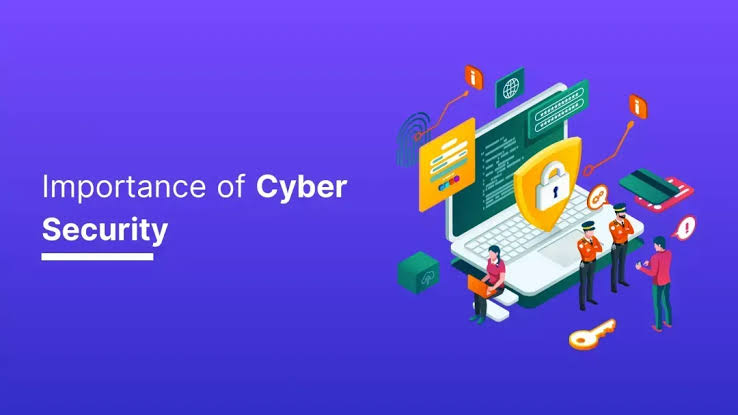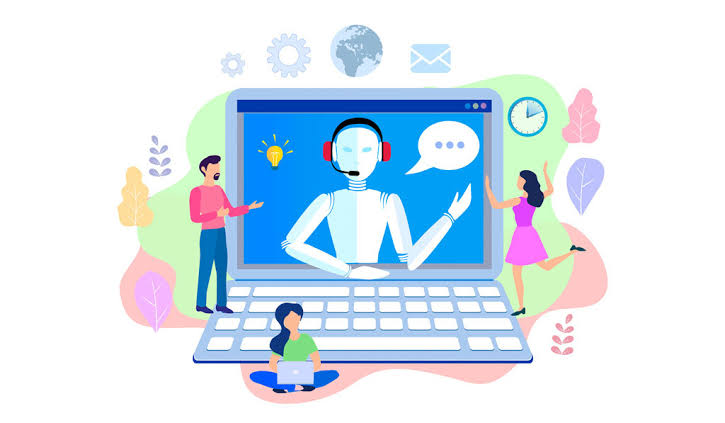In today’s digital era, the amount of personal and professional data exchanged online is enormous. From banking transactions to confidential business files, sensitive information is constantly transmitted and stored across networks. This makes cybersecurity one of the most pressing concerns globally. Protecting sensitive data online requires not only strong technological solutions but also awareness and responsible digital practices. The rise of cyberattacks, identity theft, phishing scams, and ransomware has highlighted the urgent need for effective cybersecurity measures.
Importance of Cybersecurity in the Digital Age
The internet has made life more convenient, but it has also created opportunities for cybercriminals. Sensitive data such as credit card details, medical records, and corporate information are attractive targets for hackers. A single data breach can result in financial losses, reputational damage, and legal consequences. For businesses, weak cybersecurity can even threaten long-term survival.
For individuals, the loss of personal data can lead to identity theft, fraudulent transactions, and compromised privacy. Cybersecurity is not only about protecting computers or mobile devices but also about safeguarding trust in digital systems. Without proper measures, the online environment becomes unsafe and unreliable.
Strong Password Policies
One of the simplest but most effective ways to protect sensitive data is by using strong and unique passwords. Many breaches occur because people use weak or repeated passwords across multiple platforms.
To improve password security:
- Use a mix of uppercase and lowercase letters, numbers, and special characters.
- Avoid using personal details such as names, birthdays, or simple patterns.
- Change passwords regularly and avoid reusing old ones.
- Consider using password managers to securely store and generate strong passwords.
By implementing these habits, individuals and businesses can make it harder for attackers to guess or crack login credentials.
Multi-Factor Authentication (MFA)
Relying on passwords alone is no longer enough. Multi-factor authentication adds an extra layer of protection by requiring users to verify their identity through two or more methods. For example, a user might log in with a password and then confirm their identity using a fingerprint scan, a text message code, or an authentication app.
This makes it more difficult for cybercriminals to gain access, even if they manage to steal a password. MFA is now widely available on banking platforms, email services, and business applications, making it a critical tool for online security.
Encryption of Data
Encryption is one of the most powerful cybersecurity measures available today. It works by converting sensitive data into unreadable code that can only be unlocked with the right key. This ensures that even if data is intercepted during transmission, it remains useless to unauthorized users.
Encryption is especially important for:
- Online banking transactions
- Cloud storage of confidential files
- Emails containing personal or financial details
- E-commerce payments
Organizations that handle sensitive information must adopt encryption as a standard practice to safeguard their users.
Regular Software Updates
Cybercriminals often exploit outdated software to gain access to systems. Regular updates and patches are essential to close these security loopholes. Operating systems, applications, and antivirus programs should always be kept up to date.
Automatic updates can be enabled to reduce the risk of human error. For businesses, having a patch management system ensures that all devices and software are updated promptly. By staying current, users minimize vulnerabilities that hackers might exploit.
Secure Networks and Firewalls
When sensitive data is shared online, the security of the network matters. Public Wi-Fi is often insecure and can expose users to cyber threats. Using a virtual private network (VPN) is an effective solution as it encrypts internet traffic, making it harder for attackers to intercept.
Firewalls also play a key role by monitoring incoming and outgoing traffic, blocking suspicious activities before they reach the system. For businesses, firewalls help create a barrier between internal networks and external threats.
Data Backup and Recovery Plans
Even with strong protection, no system is completely immune to attacks. Ransomware, accidental deletion, or hardware failure can cause data loss. Regularly backing up data ensures that sensitive information can be restored quickly.
Best practices include:
- Storing backups in secure cloud services
- Keeping offline backups in external drives
- Testing recovery procedures to ensure reliability
By preparing for potential breaches, individuals and organizations can minimize disruption and financial damage.
Awareness and Training
Human error remains one of the biggest cybersecurity risks. Employees and individuals often fall victim to phishing emails, fake websites, or social engineering tactics. Raising awareness through regular training is critical.
Training programs should cover:
- How to identify suspicious emails and attachments
- Safe browsing practices
- The importance of strong passwords and MFA
- Reporting potential security incidents quickly
A knowledgeable user is the first line of defense against cyberattacks.
The Role of Artificial Intelligence in Cybersecurity
Artificial intelligence is increasingly being used to detect and prevent cyber threats. AI-powered tools can analyze large amounts of data, recognize unusual patterns, and respond to attacks in real-time. This helps organizations respond more quickly to emerging threats.
For example, AI can detect phishing attempts, flag suspicious network activity, and automate security monitoring. As cybercriminals become more sophisticated, AI is expected to play a larger role in protecting sensitive data.
Conclusion
Protecting sensitive data online requires a combination of strong technological measures and responsible digital behavior. From strong passwords and multi-factor authentication to encryption and AI-powered solutions, cybersecurity is about building multiple layers of defense. Regular updates, secure networks, and reliable backup systems further strengthen these efforts.
Equally important is awareness and training, ensuring that individuals and organizations are prepared to recognize and respond to threats effectively. As the digital landscape evolves, maintaining cybersecurity will remain an ongoing responsibility for both individuals and businesses.



